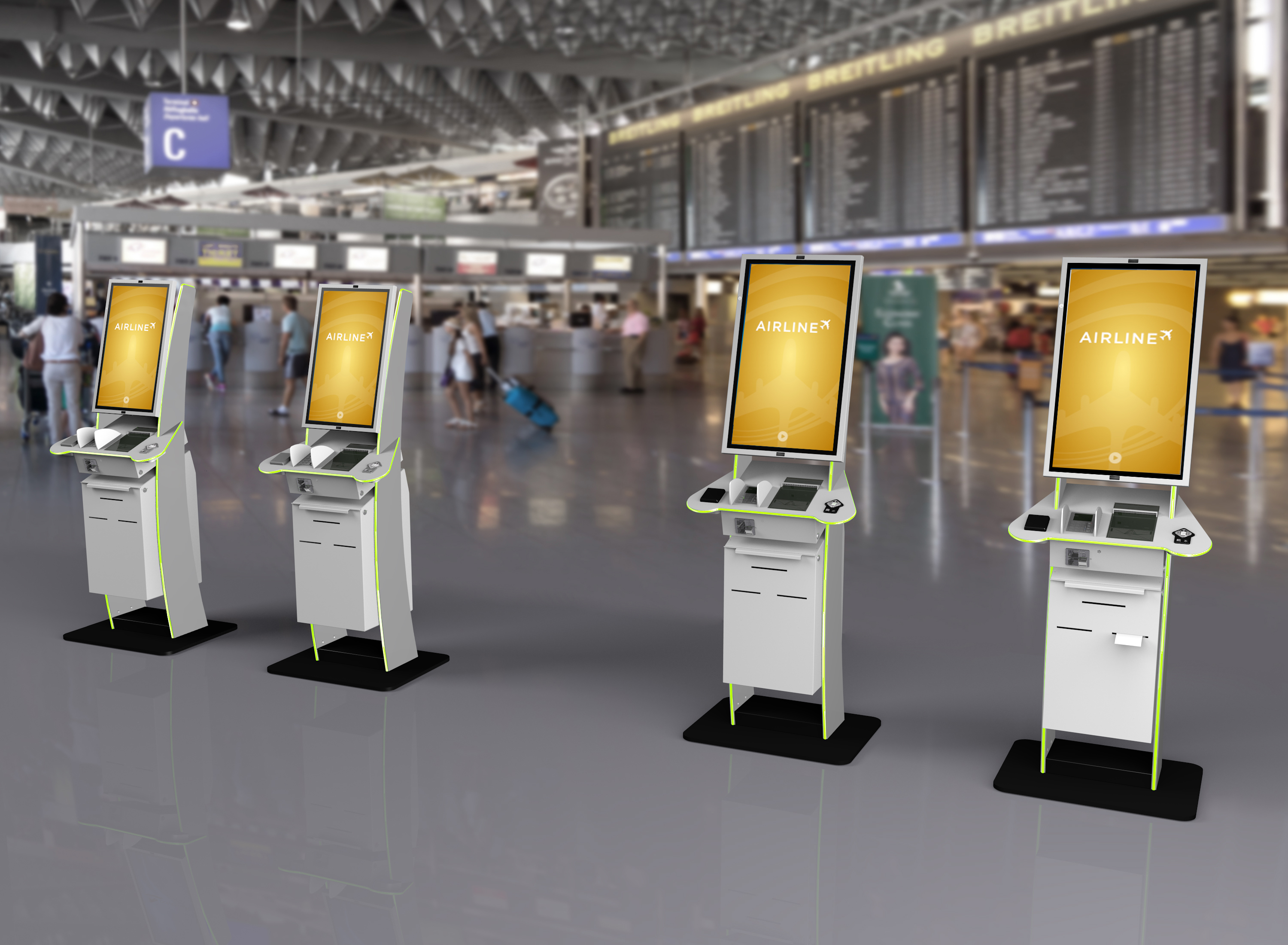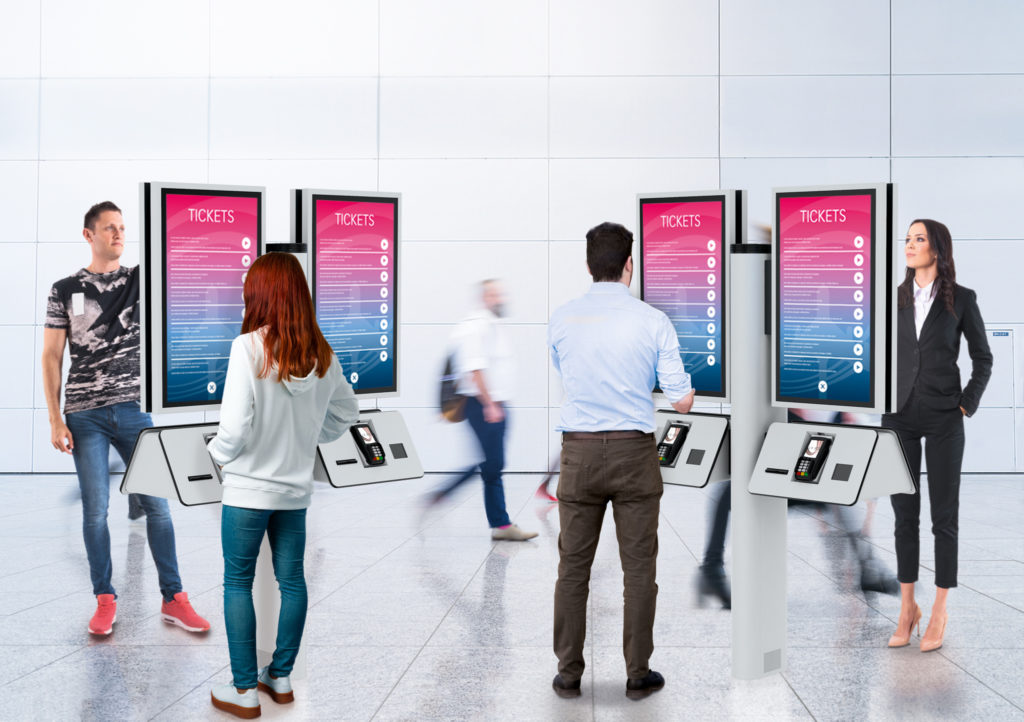Growing passenger acceptance brings new opportunities and design challenges for interactive airport kiosks, explains Michael Stoebe, chief product officer at Pyramid Computer
It’s almost 50 years since American Airlines trialled the first airport ticketing payments kiosk. More recently, major advancements in embedded computing technology, touchscreens and software, combined with rising passenger numbers, have led to interactive information and self-service kiosks becoming an increasingly common sight at airports worldwide. IATA’s common-use self-service (CUSS) standard has been a further driver for kiosk penetration, facilitating a shift from proprietary airline kiosks toward shared usage of terminals for applications such as ticketing, check-in, wayfinding and passport control.
But there are still ongoing design challenges for kiosk solution providers to address. After all, tech savvy passengers have high expectations when it comes to using self-service kiosks. They want to accomplish what they want to do, or find, quickly and easily. They are turning increasingly to airport kiosks for guidance and real-time information on flights, and information about shopping, dining and other service opportunities inside the terminal. At the same time, airport operators, airlines, shops and restaurants need to maximize passenger throughput, customer experience, asset, and space utilization.
With all these requirements in mind, new design and technology innovations are taking interactive self-service kiosks to a new level. For example, the first multi-screen, multi-user kiosk solutions are available for deployment in high-usage areas such as airport check-in and quick service restaurants. They have the power to process several individual user transactions simultaneously, saving space and costs when compared with single use kiosks.
In other developments, artificial intelligence software can now help operators analyze usage data captured from kiosks, increasing their insight into passenger behavior and using this to achieve further efficiencies. Airport shops and restaurants are also looking to more closely integrate kiosks with their EPOS systems. Before long this will extend to merchant services, loyalty programs and mobile ordering apps.
However, maximizing the return on investment from kiosk solutions will always be a top priority: This is where factors such as the floor space required per kiosk, number of screens supported per pedestal, ease of installation, maintenance, future upgradability and scalability come into play.

Design imperatives
Apart from maximizing passenger throughput, being easy to use and offering the best user experience, kiosks must complement and enhance the ambience of the terminal’s public areas, shops and restaurants. They therefore need to be designed with the vision of providing the widest possible range of aesthetics in the smallest possible space. Ease of maintenance and compatibility with the widest range of kiosk software are further essential considerations.
However, kiosks are often assembled from individual components with the housing subsequently designed and manufactured to fit around them: somehow key components such as PC, screen, power supply and peripheral devices have to be combined. The resulting shapes determine the overall design, often causing significant restrictions with regard to performance, maintenance and overall appearance.
Therefore, applying a high level of touchscreen and computing unit integration can offer a number of advantages. Crucially, it can enable naturally slimmer, frameless, more space-saving kiosk designs. There is also greater scope for customization with the addition of audio navigation keypads, cameras and microphones, and for peripherals such as payment systems, scanners and printers to be easily housed under the screens.
Furthermore, a modular approach enables touchscreens, computer units and peripherals to be more easily and quickly changed or upgraded. This is critical bearing in mind interactive kiosks are now expected to meet the continuously evolving needs of passengers and operators. Quickly and easily swapping-out components rather than facing the disruption and costs of complete kiosk replacement is an obvious advantage for all concerned.
Together with the right screen size, selecting a reliable and responsive touchscreen technology is another major consideration. Over the past decade, Projected Capacitive Touch (PCAP) technology has become increasingly popular. The complete touch sensor system is mounted under a protective glass, maintaining functionality while protecting against abrasive or sharp media, such as cleaning and sterilization fluids.
In summary, interactive kiosks are gaining wider acceptance in airports and now offer the potential to facilitate many areas: from check-in, bag drop and wayfinding, to shopping, dining and passport control. They must be fit for purpose for use in airports of all sizes, efficiently address a growing range of applications, offer maximum user convenience, and be visually appealing. For delivering maximum ROI, their design has to ensure the longest possible product lifecycle.

